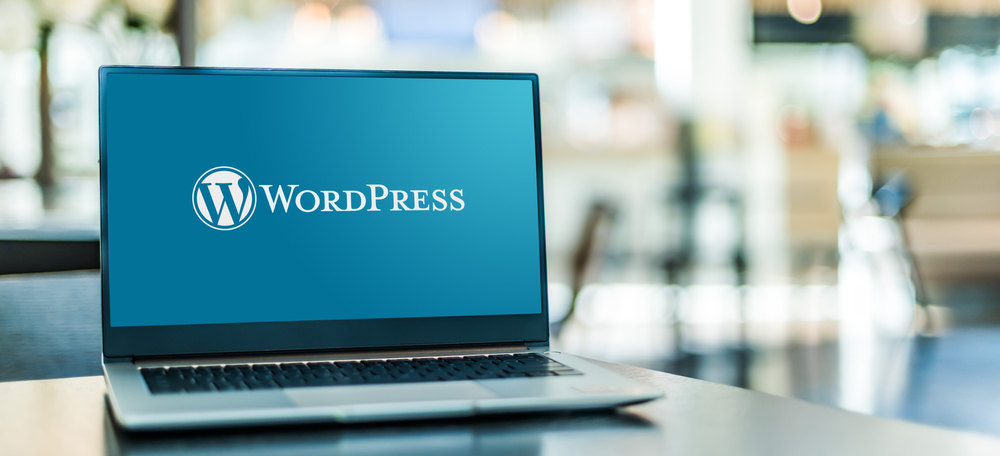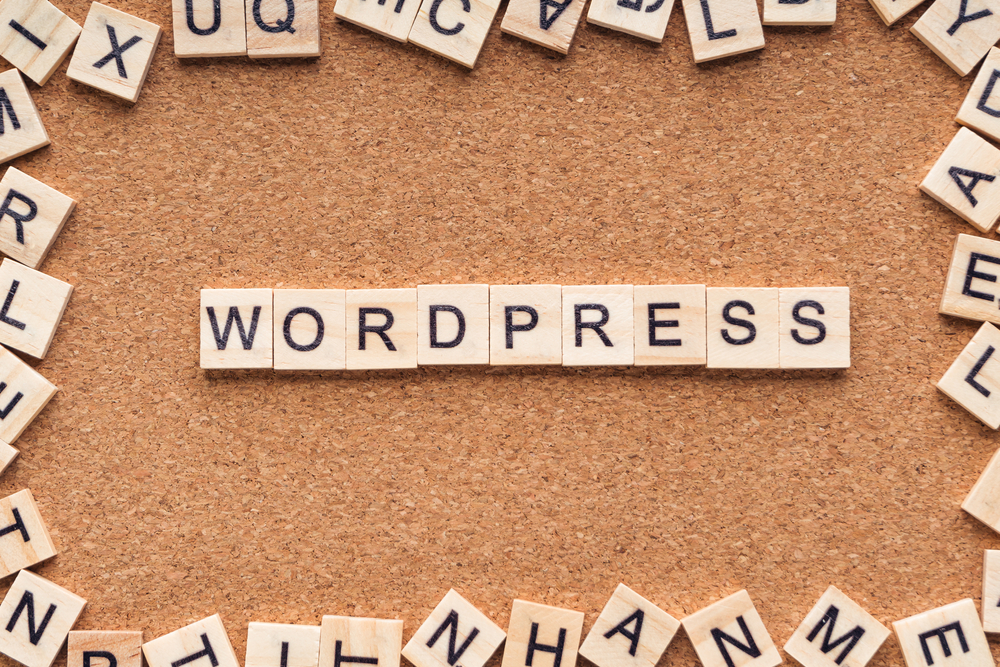
Mastering WordPress: Essential Customization and Maintenance Tips

WordPress (or WP) has become one of the most popular content management systems (CMS) in the world. With its user-friendly interface and numerous customization options, it is no wonder that WordPress powers nearly 42% of all websites on the internet. Whether you are a beginner or an experienced user, it is essential to master WordPress (WP) customization and maintenance to maximize its potential. In this article, we will explore some essential tips to help you personalize and maintain your WordPress (the blogging platform) site.
1. Choose a Responsive Theme
One of the first steps in customizing your WordPress (the platform for bloggers) site is selecting a suitable theme. A well-designed and responsive theme ensures that your site looks great on all devices, including desktops, smartphones, and tablets. There are thousands of free and premium themes available, offering various design options to fit your needs. However, make sure to choose a theme that is regularly updated and supported by the developers to ensure compatibility with future WordPress updates.
2. Customize the Appearance with Plugins and Widgets
WordPress offers a wide range of plugins and widgets to enhance the functionality and appearance of your site. Plugins are additional software that can be easily installed and activated to add specific features to your website. Widgets, on the other hand, are small blocks of content that can be placed in designated areas on your site, such as sidebars or footers. These plugins and widgets enable you to personalize your site by adding social media icons, contact forms, image galleries, and more.
3. Optimize Your Site for SEO
Search Engine Optimization (SEO) plays a crucial role in driving organic traffic to your WordPress site. Optimizing your site for SEO involves various steps, such as optimizing page titles, meta descriptions, and URLs, using relevant keywords, adding alt tags to images, and creating informative and engaging content. Installing an SEO plugin like Yoast SEO or All in One SEO Pack can simplify the process by providing guidance and suggestions for optimization.
4. Regularly Update WordPress Core, Themes, and Plugins
WordPress regularly releases updates to improve security, fix bugs, and introduce new features. It is essential to keep your WordPress core, themes, and plugins up to date to ensure a secure and stable website. Outdated versions can pose security risks and may lead to compatibility issues with the latest WordPress version. Enable automatic updates wherever possible, and regularly review and update your themes and plugins to benefit from new features and improvements.
5. Backup Your WordPress Site
Backing up your WordPress site is essential for safeguarding your content and settings. It is important to have a reliable backup system in place to restore your site in case of any unexpected issues, such as data loss, hacking, or server crashes. Several backup plugins are available that enable you to automate the backup process and easily restore your site when needed. Regularly schedule backups and ensure that they are securely stored in an offsite location.
6. Optimize Your Site for Performance
A slow-loading site can lead to poor user experience, increased bounce rates, and lower search engine rankings. Optimization techniques such as caching, image compression, and minification can significantly improve your site's performance. Utilize caching plugins like WP Super Cache or W3 Total Cache to create static versions of your pages, reducing server load and improving speed. Compressing images and minifying CSS and JavaScript files can further enhance your site's loading time.
7. Improve Security with Strong Usernames and Passwords
As the most widely used CMS, WordPress can be a target for hackers. Strengthening your site's security is vital to protect your data and maintain its integrity. Choosing strong usernames and passwords for your WordPress admin and FTP accounts is the first line of defense against unauthorized access. Enforcing two-factor authentication adds an extra layer of security by requiring a second verification method, such as an SMS code or biometric authentication.
8. Monitor and Manage Comments
Comments can add value to your content by encouraging engagement and discussion. However, they can also become a breeding ground for spam and inappropriate content. Moderating and managing comments is crucial to maintain the reputation and integrity of your site. Activate comment moderation to review and approve comments before they appear on your site. Utilize plugins like Akismet to filter out spam comments automatically.
Frequently Asked Questions:
Q1. How do I install WordPress on my hosting provider?
A1. Different hosting providers may have various methods to install WordPress. However, most providers offer a convenient one-click installation option through their control panel. Check your hosting provider's documentation or support resources for specific instructions.
Q2. Can I change my WordPress theme after building my site?
A2. Yes, you can change your WordPress theme at any time without losing your content. However, switching themes may affect the appearance and functionality of your site. It is recommended to preview the new theme or create a staging site to test the changes before applying them to your live site.
Q3. Are free themes less secure than premium themes?
A3. Not necessarily. Both free and premium themes can be secure if they are developed following best practices. However, premium themes generally offer better support and more regular updates, which can contribute to enhanced security.
Q4. How often should I update my WordPress site?
A4. It is crucial to update your WordPress site as soon as new updates are available. WordPress releases regular updates to address security vulnerabilities and fix bugs. By keeping your site up to date, you can ensure maximum security and compatibility with the latest features and functionality.
Q5. Is it necessary to back up my WordPress site regularly?
A5. Yes, regular backups are essential for safeguarding your WordPress site. Accidental data loss, hacking attempts, server failures, or errors during updates can occur at any time. A reliable backup system ensures that you can restore your site quickly and easily, minimizing downtime and data loss.
In conclusion, mastering WordPress customization and maintenance is crucial to create a personalized and secure website. By choosing a responsive theme, utilizing plugins and widgets, optimizing for SEO, keeping your site up to date, and implementing security measures, you can unlock the full potential of WordPress. Remember to regularly back up your site and optimize its performance to provide the best user experience.
Other useful resources
- https://www.wordpress24plus.com/services/
- https://www.wordpress24plus.com/topics/wordpress-tips-and-tricks/
- https://www.wordpress24plus.com/wordpress-tools-directory/wordpress-plugins/